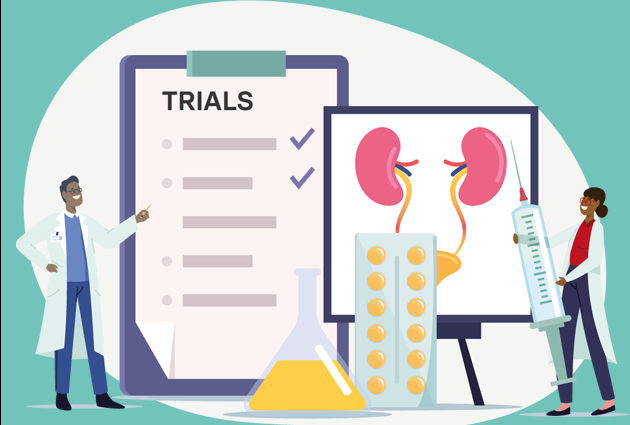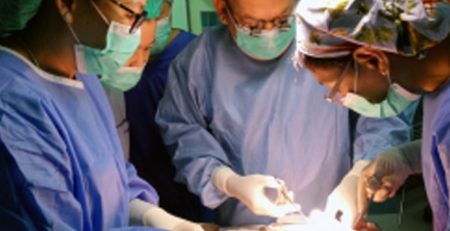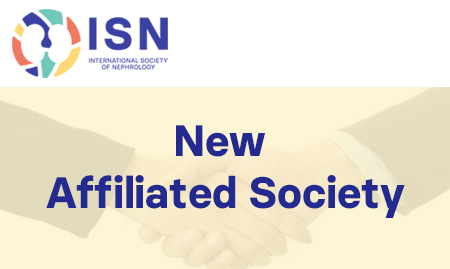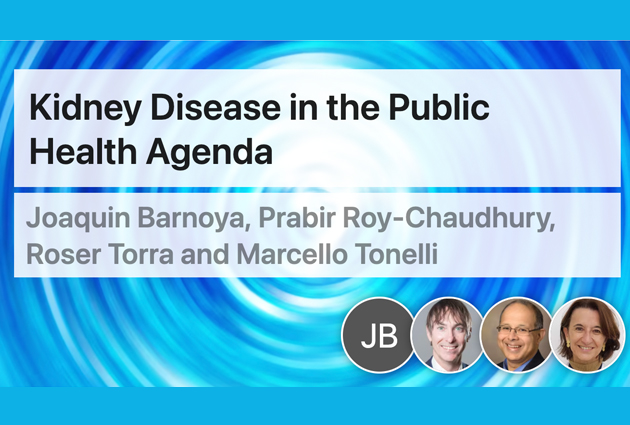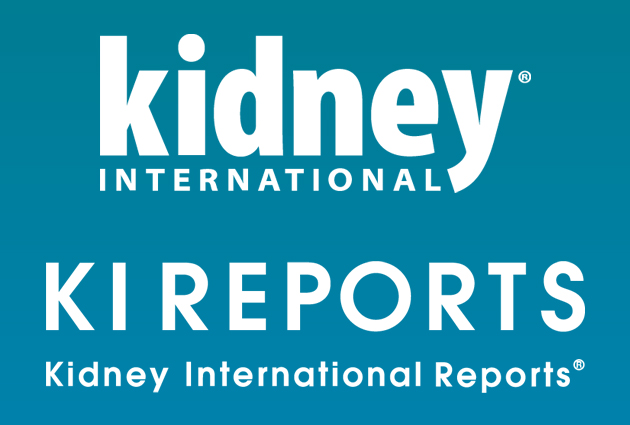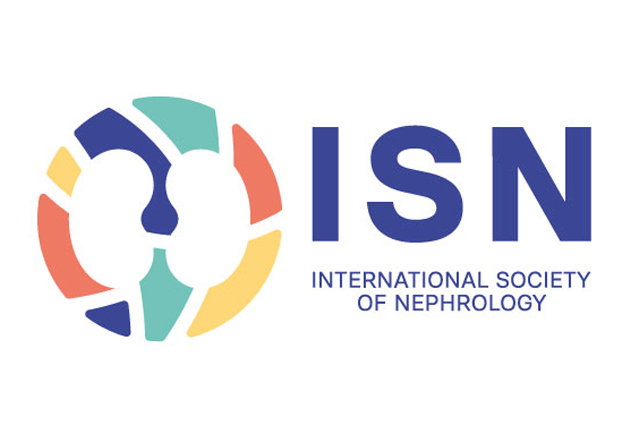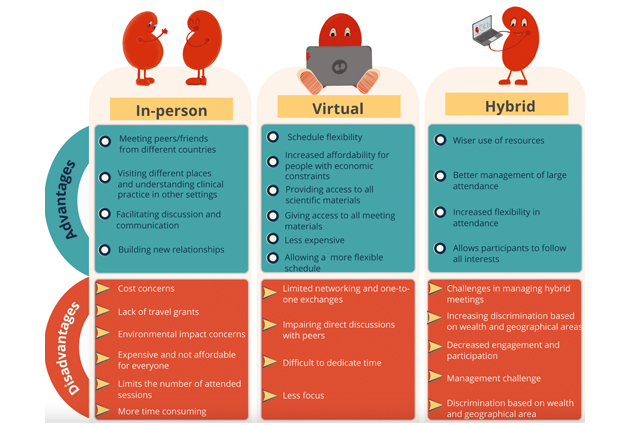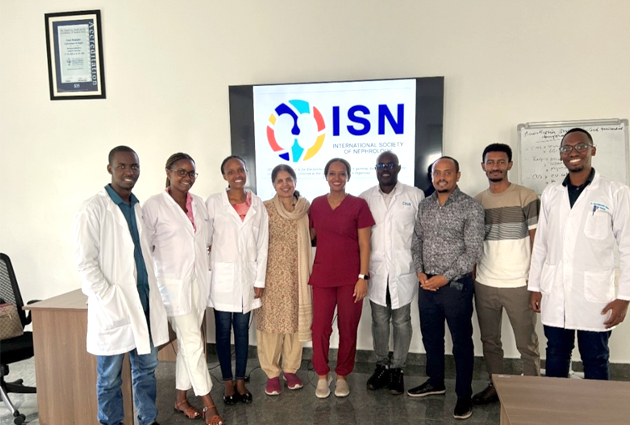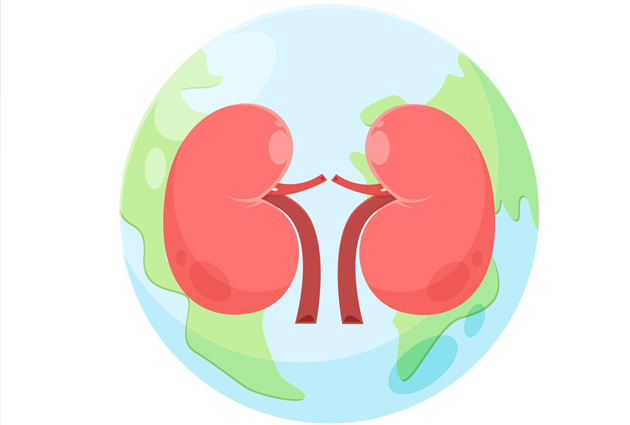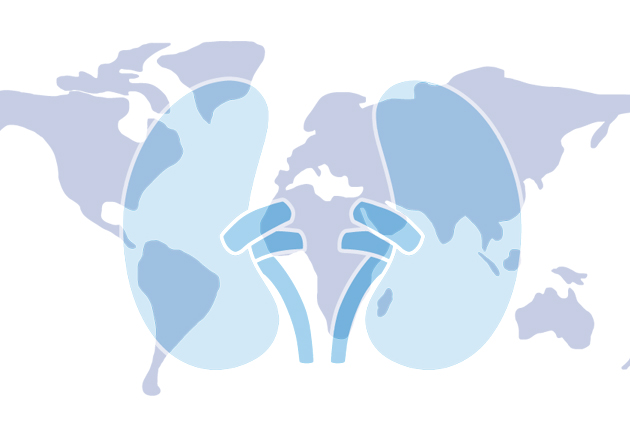Efficacy of Gravity-driven Continuous Flow Peritoneal Dialysis in Children
Rupesh Raina, ISN-ACT Global Trials Focus Subgroup member, summarizes the design and outcomes of one of the team’s latest trial selections.
Read all the latest global trial selections from the ISN-ACT initiative here. The “Trial of the month” is available in several languages.
Summary
In this study, the authors performed a randomized crossover clinical trial examining the effectiveness of a newly developed gravity-driven continuous flow peritoneal dialysis (CFPD) technique in children with acute kidney injury (AKI).
The age (range) and weight of participants were 6.0 (0.2–14) months and 5.8 (2.3–14.0) kg. These patients were separated into two groups – one group (n=9) receiving gravity-assisted CFPD followed by conventional peritoneal dialysis – the other group (n=6) receiving conventional peritoneal dialysis followed by gravity-assisted CFPD. Each intervention’s total time was limited to 6–8 hours to account for the high acuity of illness.
The primary outcomes were the feasibility of the gravity-assisted CFPD technique, ultrafiltration, and clearances. Ultrafiltration (mean ± SD) was significantly higher on CFPD compared to conventional PD (4.3 ± 3.15 ml/kg/h vs. 1.04 ± 1.72 ml/kg/h; p<0.001). The gravity-assisted CFPD also showed advantages over conventional PD for clearance of urea (9.9 ± 3.10 ml/min/1.73 m2 vs 4.3 ± 1.68 ml/min/1.73 m2 ), creatinine (7.9 ± 3.3 ml/min/1.73 m2 vs 3.57 ± 1.3 ml/min/1.73 m2 ), and phosphate (5.5 C± 1.5 ml/min/1.73 m2 vs 2.53 ± 0.85 ml/min/1.73 m2 ), with all p<0.001.
The order of treatment performed did not influence the difference in these measures. For feasibility, the researchers concluded that gravity-assisted CFPD appears to be a feasible and effective way to augment ultrafiltration and clearances in children with AKI.
There were no major adverse events regarding the secondary outcomes, and mass-transfer coefficients in CFPD were increased compared to conventional PD.
Commentary
The existing treatment apparatus for children with AKI is a continuous flow peritoneal dialysis technique, which is expensive due to the high-volume pumps required. However, a gravity-assisted CFPD system is easily assembled using inexpensive and available equipment, and this study examined the effectiveness of the gravity-assisted intervention compared to conventional PD.
The study’s results showed that outcome measures of UF and clearances increased significantly through the gravity-assisted CFPD technique when compared to traditional PD treatment, supporting the value and efficacy of the intervention within the limits of a small sample size.
In low- and middle-income countries where extracorporeal techniques are not available, the increased ultrafiltration and clearance attained by the gravity-assisted CFPD technique may be useful when conventional PD is insufficient.
The researchers prioritized cost and accessibility as the key features of this treatment innovation, and the gravity-assisted CFPD can be rapidly assembled in low-resource settings with readily available, inexpensive equipment without the need for electricity. Furthermore, this method was shown to be non-harmful, as it did not cause any major adverse effects.

